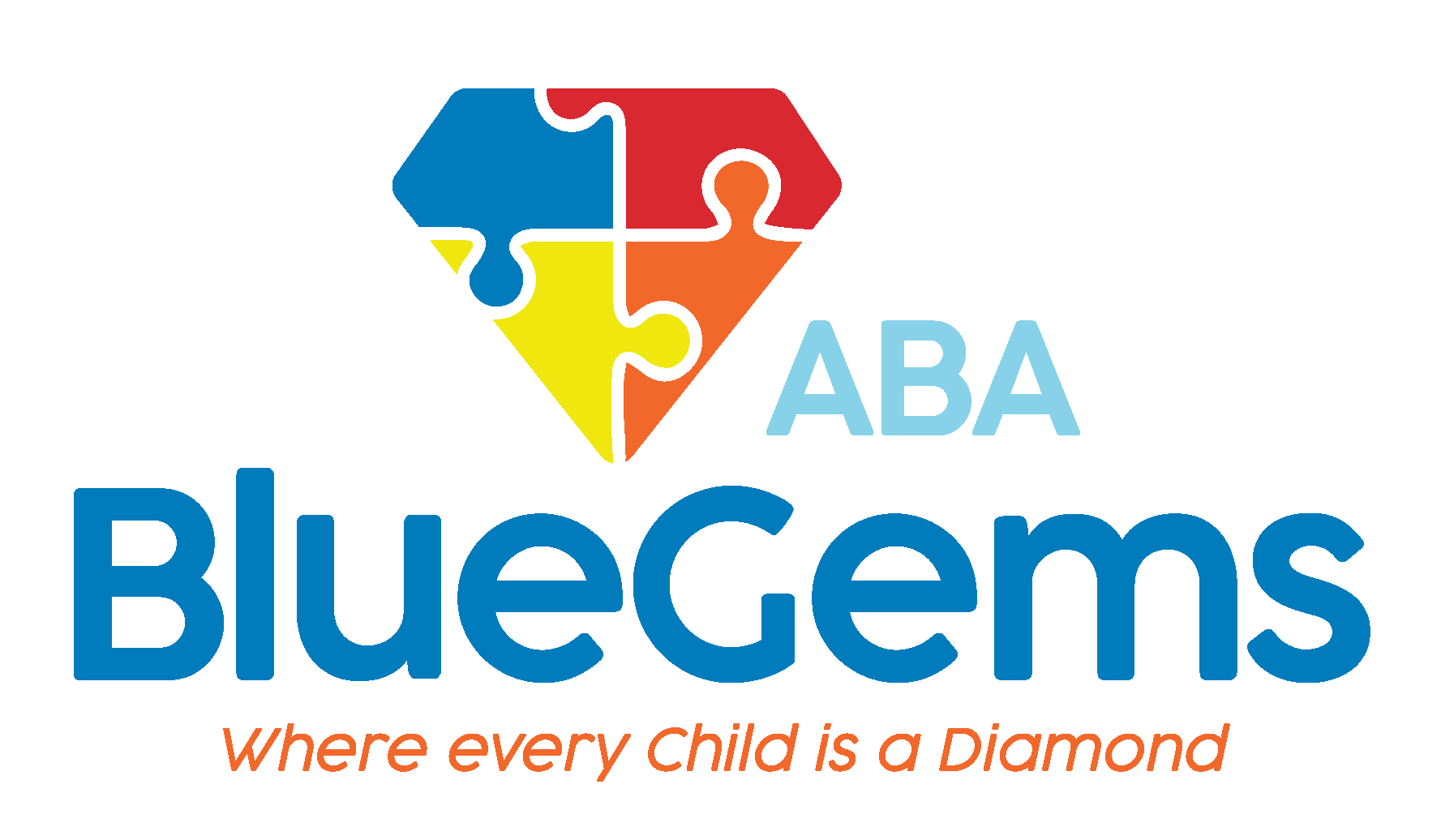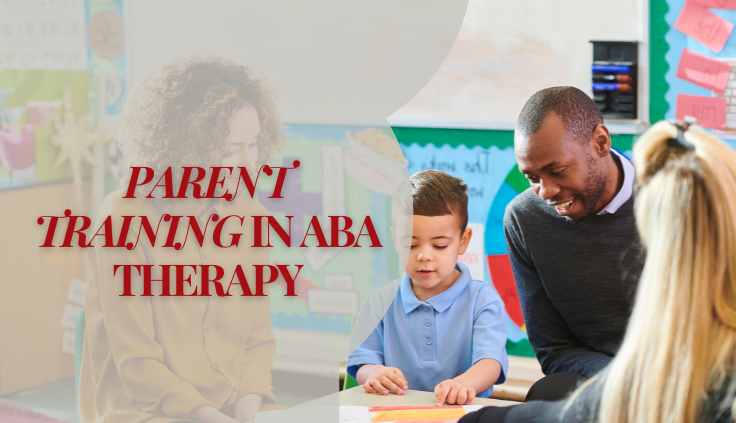Implementing Parent Training in ABA Therapy
Applied behavior analysis, or ABA therapy, isn’t just for children who have autism spectrum disorder (ASD). It’s also for their parents, caregivers, family members, teachers and other adults who the child frequently comes in contact with.
One of the hallmarks of ABA therapy is involving parents in the treatment process. The reasoning behind it is quite simple — parents are the ones who will be with the child a majority of the time, so they need to be equipped with the proper knowledge and tools to help support their children when the ABA therapist isn’t there.
In this way, ABA therapy can really be looked at as a holistic approach to behavior modification and learning different skills. The learning and teaching doesn’t end when sessions between the therapist and child are over. It’s important that parents are able to emphasize and reinforce those concepts to their children throughout their lives, in real-world everyday scenarios.
Below, we discuss how parent training is implemented into ABA therapy.
Learn more about parent involvement in ABA Therapy.
Table Of Contents
Why is Parent Training Important in ABA Therapy?
The most successful treatment programs involve active participation and collaboration from parents. This is due to the simple fact that parents are around their children more than anyone else is.
While ABA therapy does a great job of mimicking real-world situations in therapy sessions — either through reimaginations in clinical settings or using the child’s natural environment at home — there’s no way for the therapist to extend the direct support they give children once they leave.
That’s why parent training is so important in ABA therapy. It helps to empower parents and other family members to support the behavior of their child, while also continuing to promote the positive changes in behavior for the child in various settings — whether at home, in school or in public.
A main reason why ABA therapy works is that its concepts can be taught to others and used throughout everyday life. In other words, they aren’t applicable only to clinical settings with trained professionals.
How Can Parents Be Trained in ABA Therapy?
There are a number of important things that parents can be taught or coached on by an ABA therapist. These are simple steps that parents can take to help support their child with autism best in real-world scenarios.
Some examples of this include …
- Choosing only one goal: Parents may want their child to improve in many areas, but that’s hard to do at once. ABA therapists can make a list of five or so things they’re working on with the child, and have the parents pick the one that is of biggest priority to them.
- Understanding motivation: Motivation is a big part of why children act the way they do. Parents of children with autism need to understand this and approach supporting their child with that in mind. If the parent wants the child to have a bath, they need to approach it from the perspective of what would motivate their child to agree — such as giving them bath toys.
- Identifying replacement behaviors: Parents need to not only define what behaviors they want to see their child reduce but also what replacement behaviors can be used.
- Acting out in role plays: ABA therapists can involve parents directly in this process by role playing different scenarios with them. This will help the parents understand how they can act in response to certain behaviors their child is exhibiting, with the experience of a trusted and licensed ABA therapist at their side.
- Collecting data: It’s also important for parents to report back to ABA therapists on the success of the interventions they try with their children in real-world settings. This should be simplified for the parents’ perspective. It can be as easy as tally marks for every time that the child exhibits certain behaviors, which will help the therapist follow the frequency of behaviors.
These are just a few examples of how parents can be trained in ABA therapy to ensure that their child gets the best support possible all the time — whether they’re in therapy sessions or not.
How Does Parent Training Work?
The BCBA who administers ABA therapy to the child will in most cases be the person who conducts the parent training as well. This ensures that the process is smooth and that the parents gain insightful information from the person who has direct experience with their child.
First, the therapist will need to develop a relationship with the parents so that they can understand what some of the goals will be for the parent training. Then, the therapist will teach the parents some ABA therapy skills that they are using, without the child being present.
The therapist can then model what they are teaching the parents to show them how it would work. Parents will then have the chance to practice these skills through various strategies such as role playing with their child, as the therapist observes.
This allows the therapist to provide valuable feedback and answer any questions the parents may have. Therapists will often request that parents be present at times for their child’s ABA therapy sessions so that they can supervise how the strategies are being used.
Eventually, those roles can be reversed. The parents will use the ABA therapy skills they learn to help support their children, while the therapist observes this in action.
Blue Gems ABA Involves Parents in the Treatment Process
Parental support and involvement is essential to the overall success of any ABA therapy treatment program. That’s why parents are trained in ABA therapy so they can help support their children in everyday life.
At Blue Gems ABA, parent training is a big part of all that we do. Not only do we create personalized ABA therapy plans that cater to each individual child’s unique strengths and challenges, but we also train parents on how they can help support their children throughout the day.
To learn more, please contact us today.




